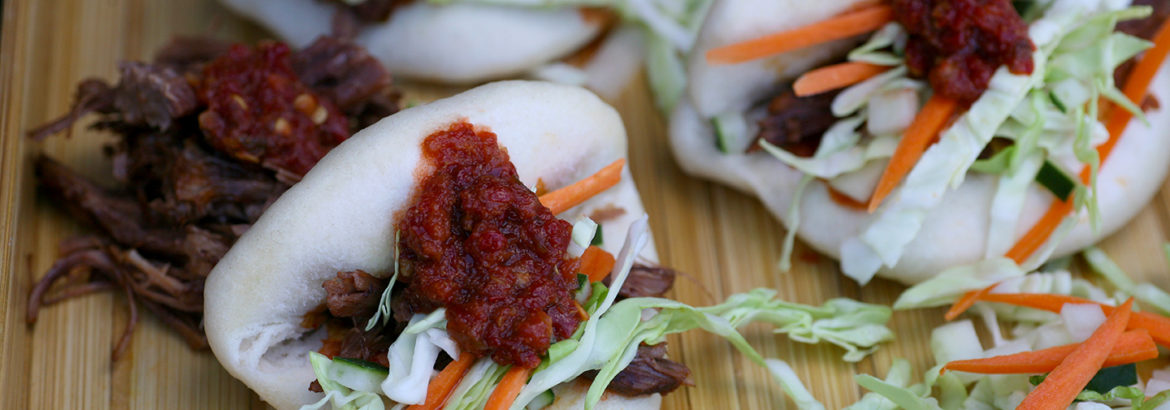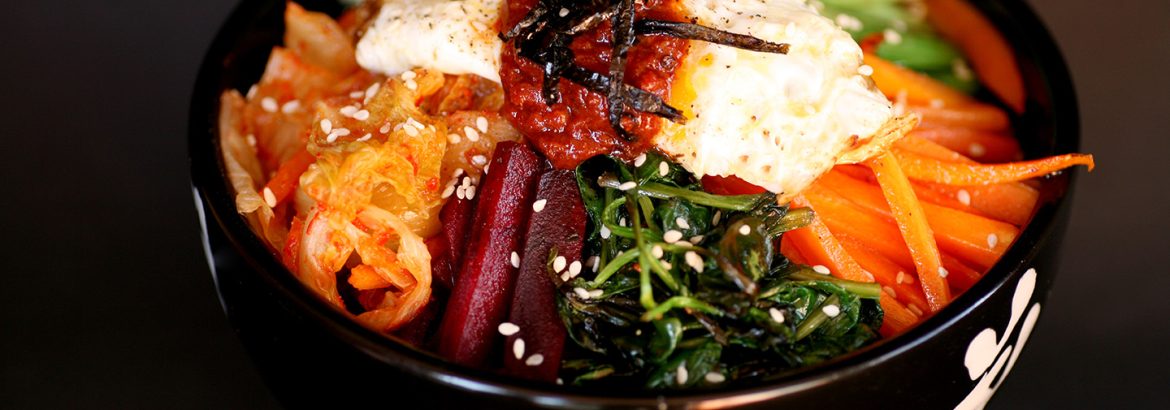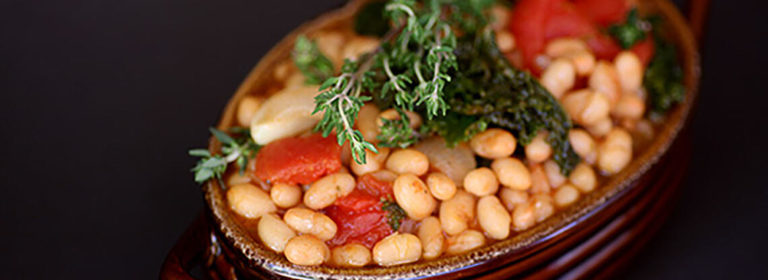It’s no secret that a pinch of curry makes cauliflower and carrots come alive, but cooking with global influence is so much more than that. It’s about paying homage to those ingredients by learning as much as possible about their heritages.
As the global culinary community continues to expand, spotlighting techniques, ingredients, and creators from every corner of the earth, the menu possibilities are endless. In 2022, international flavor profiles will indeed pack a punch – while at the same time keeping it fresh and simple.
It’s always an exciting trend for the industry and consumers, who are always hungry for the stories behind the dishes. Globally influenced dishes are also critical to menu planning and ordering, says Deena Ensworth, adding that many foodservice operators are under immense pressure to diversify.
“The public’s desire for global flavors is strong, so incorporating these accents increases the excitement for what they might already know and feel comfortable eating,” continues Ensworth, who acts as Culinary Innovations Director for Markon Cooperative.
“For instance,” she says, “broccoli and cauliflower are traditional, well-liked vegetables, but preparing them with innovative techniques and/or global seasonings puts them in the spotlight and makes them more interesting choices.”
Markon’s Cauliflower Tacos with Mole Sauce recipe serves as a great example of understanding compatible flavor profiles, yet offering the public a dish that’s familiar. The vegetarian dish delicately roasts cauliflower with oil, salt, and cumin, then drizzles Oaxacan mole sauce upon it. The combination of cauliflower, corn tortilla, and mole sauce feels authentic and features nuanced layers.
Cathy Holley, Publisher/Editor-in-Chief of Flavor & The Menu, says the discussion surrounding global adoption on menus is fascinating.
“What has come out of 2020, and continues to be an important conversation, is approaching global adoption of flavors with a little more thoughtfulness than in previous years,” says Holley, who is also President of The Flavor Experience.
“More importantly is this discussion of culinary authenticity,” she continues. “If you’re going to adopt a Korean chili paste on your menu, you need to make sure you’re doing it in the most respectful way. Chefs are beginning to think of how they can adopt flavor profiles while giving credit to the sources.”
Markon’s recipe for Charred Cabbage Wedges with Korean BBQ Sauce uses a key Korean ingredient in the traditional sense. Prepared on a flattop grill, the cabbage wedges are flavored with peanut oil, black sesame seeds, and green onion, then dressed up in a gochujang/barbecue sauce. It’s that tangy, red chili paste of the Korean gochujang that makes the cabbage a winner.
Additional international pantries Holley observes getting a lot of play include those from the Greek, Israeli, and Eastern Mediterranean with new iterations on hummus using beet or avocado. “Global will always remain a big driver for American foodservice developers,” says Holley. “I think now in the landscape we can do that a little more thoughtfully with more intention.”
Global goes local with versatile ingredients
The versatility of Filipino ingredients has helped push the cuisine into the mainstream, says Gordon Food Service’s Nicholas Gonring. He especially loves calamansi, a citrus fruit that’s been a staple in Filipino and Southeast Asian cooking for ages.
“It’s like a lime meets a tangerine,” describes Gonring, the Corporate Consulting Chef for Gordon Food Service (overseeing its North American culinary department). “Instead of using lemon or lime, I am going to go into a different space and use calamansi for a vinaigrette for a salad. When I use it, customers are excited.”
Freeze-dried vegetable and fruit products are also trending in modern Filipino cooking, he says, adding that they’re used to enhance dishes. Dragon fruit, pink pitaya, and ube (purple sweet potato) powders are distributed by Gordon Food Service and are being used to enrichen the likes of overnight oats, yogurt bowls, coffees, and even pancakes.
“It’s a way to amp up the menu without spending a ton of money,” Gonring explains. “We want chefs to take a look at powders that they don’t even know about and that they can capitalize on. They can take the produce they already have and enhance it.”
Vegetable-forward Markon dishes like Zaatar-Roasted Vegetables, Curry-Infused Fritters, and Bao with Beef and Vegetables may be an exploration into new territory for some, but for others they’re a way of life. Other cultures, says Ian Ramirez, have always put produce front and center by utilizing indigenous spices, seasonings, and sauces.
“It makes sense to adopt global ingredients into our everyday cuisine,” advises Ramirez, who acts as Director of Culinary Innovation and Operations for Creative Dining Services. “But we have two schools of thought happening simultaneously, authenticity vs. trends like global mashups. This topic is a bigger discussion that we are beginning to tackle as a company with our diversity, equity, and inclusion initiatives.”
We are all on the right path.
By Audarshia Townsend
About Markon
Markon Cooperative, Inc. brings a fresh approach and thinking to all of its premium farm-to-table produce so foodservice operators can bring the freshest ideas to their consumers. Based in Salinas, California, Markon serves as the produce purchasing, logistics, information, and marketing partner for its five member distributors (Ben E. Keith Foods, Gordon Food Service, Gordon Food Service Canada, Nicholas & Company, and Shamrock Foods) and their North American foodservice customers. Learn more about Markon’s commitment to providing the highest-quality, safest, and freshest produce at Markon.com.




